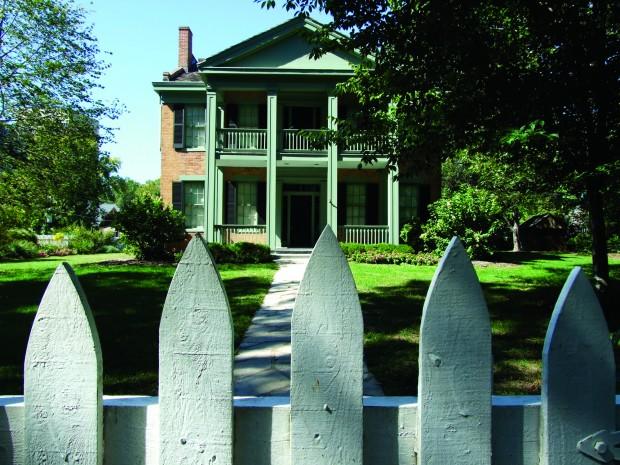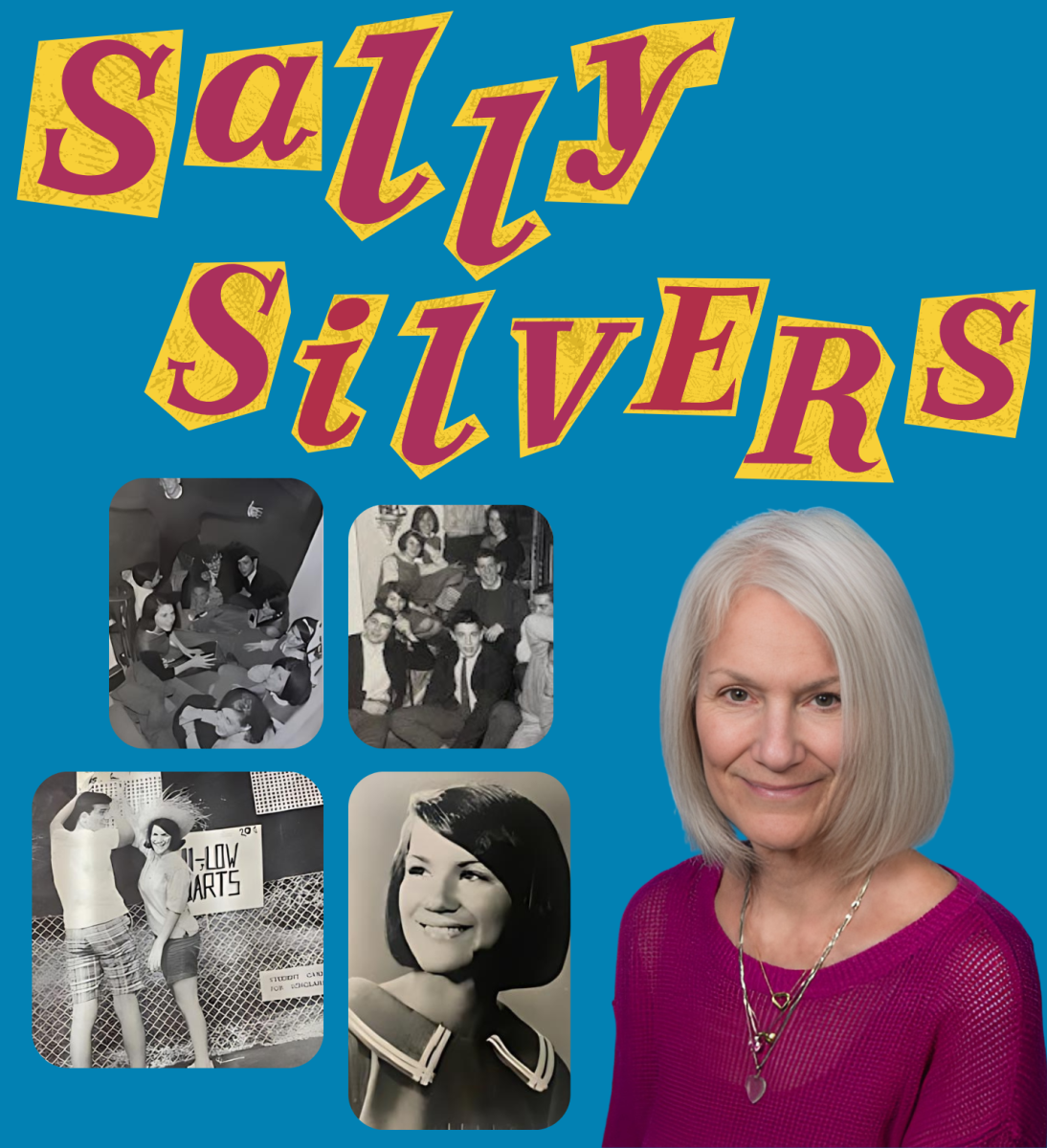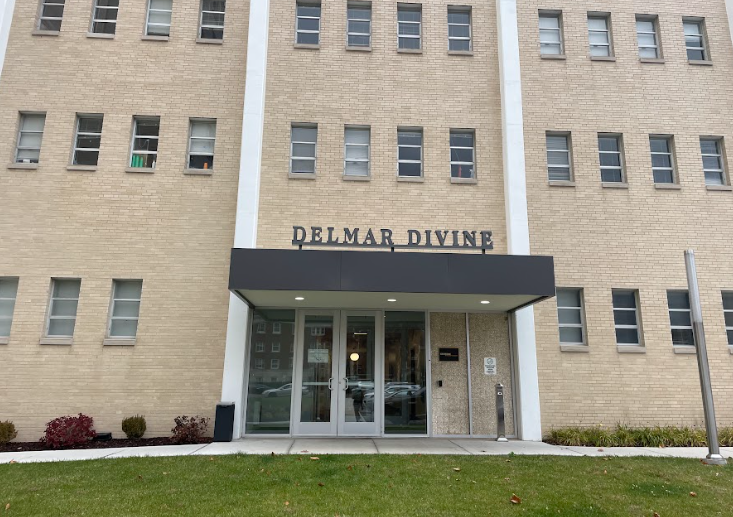Walking through the streets of a Clayton subdivision, it’s a surprise to see an outhouse and old slave quarters standing in perfectly good condition in a backyard. But in the small neighborhood off of Hanley on Westmoreland Avenue this is normal.
The Hanley House, a historic house museum, is a perfectly preserved home that provides a look into what life was like for the everyday family in St. Louis in the late 1800s.
The house is big, with stately columns and porches on the first and second floors in the front and back. And the classic St. Louis brick the house is made of keeps it akin to the surrounding homes.
It was restored after being bought by the city of Clayton and opened as a museum in 1971. The house remained in the Hanley family until 1968 when one of Martin Hanley’s granddaughters, Barbara, sold it to the city with all of its contents.

Sarah Umlauf is the Community Resource Coordinator for the City of Clayton and handles the house. While studying in Washington, D.C. Umlauf worked at a historic house museum in Virginia, and when she moved back to St. Louis to work on her thesis she heard about the Hanley House.
“What makes the Hanley House unique is that the Hanley family always lived here until the City of Clayton purchased it,†Umlauf said. “So we have this great pedigree, and we also know that most of the furnishings in the home are original to the family, which helps to tell their story.â€
Sophomore Carly Beard is a volunteer at the Hanley House and provides entertainment by playing the fife, a period instrument for when the house was built.
“I love the Hanley House because it’s one of the most unique things in Clayton,†Beard said. “It’s the only rural historical site in Clayton, and it’s really special and is something that needs to be preserved.â€
The Hanley House is a learning tool for students to understand how events in the country’s history like slavery, the Civil War, and western migration, affected the people of Clayton 150 years ago.
Like many Clayton settlers, the Hanley family was Confederate, and they were slave owners prior to the end of the Civil War.
“The home is also unique in that it still has its standing slave quarters,†Umlauf said. “The Hanley family owned slaves, just like many of the farmers that lived in this area. We have quite a few Southerners that settled in this area who were slave owners, like Robert Forsythe, Ralph Clayton, and Thomas Skinker. So we are able to tell that history of St. Louis County, of the slave labor that survived in the county and helped build the county.â€
And even though St. Louis is often thought of as a Northern area during the Civil War, many Southerners migrated to Clayton during the 19th century. This included Martin Hanley who traveled to Clayton when he was 20 years old from Virginia.
“For students we like to focus on our Civil War history,†Umlauf said. “We know that the Hanleys were Confederate sympathizers, so it’s a great way to tell the story of how the Confederate sympathizers of St. Louis managed to reconcile with the North after the war.â€
Much of what Umlauf knows about the Hanley family comes from the extensive letters, record books, and journals that have survived. The Hanley daughters were known Confederate sympathizers, and their letters to Confederate soldiers in a St. Louis prison are one of many interesting documents the museum has.
“I hope to bring more students here and to have more student involvement,†Umlauf said. “I’ve been really lucky to have some great partnerships with the Clayton School District. But I also want to reach out to surrounding school districts. So I’d love to bring even more students here and make more connections.â€
The Hanley House recently received a grant from the Missouri Historical Records Grant Program to transcribe and digitize the daybook, one of their most important records at the Hanley House, so that information will be searchable. This, and other research and volunteer opportunities are ways for Clayton students to become involved with the city’s history.
“I would love to see other students getting involved who enjoy working with kids,†Beard said. “A lot of school groups, and parents with their children come, and it’s really unique to be able to work with kids in a historical setting, and be able to teach them about local history.â€
The Hanley House is an amazing resource for the residents of Clayton and the St. Louis County. It provides a local, historical glimpse into a time when the St. Louis was still growing, and tells the story of mistakes and achievements of the past.
“I love the Hanley House because it’s such a beautiful place,†Beard said. “It’s so close by, and it is really an amazing piece of the history of Clayton.â€






